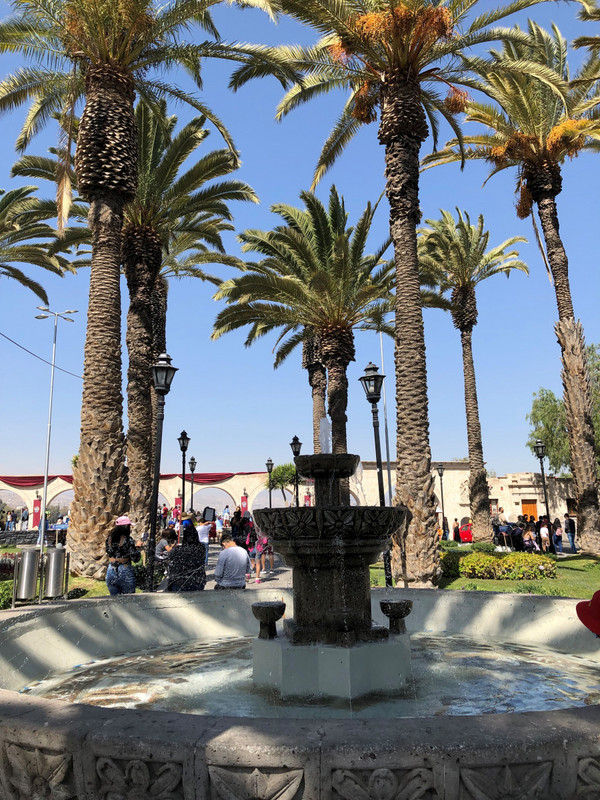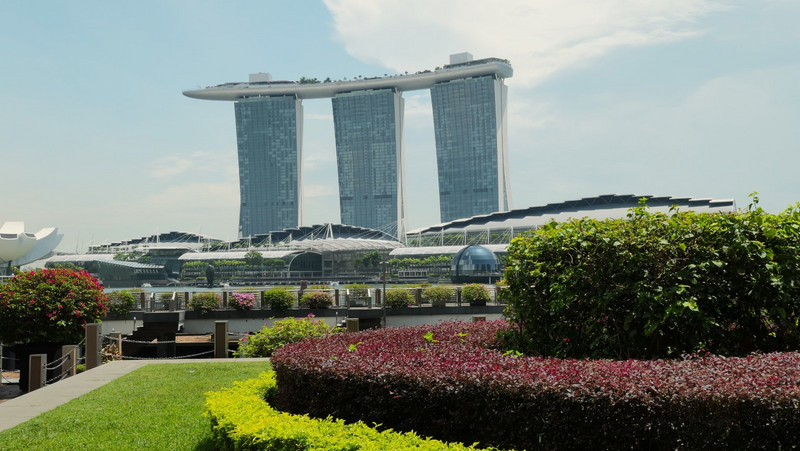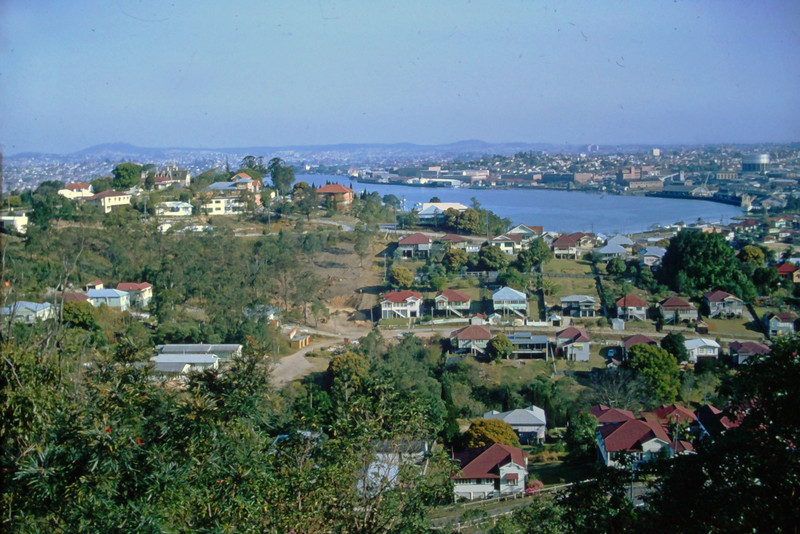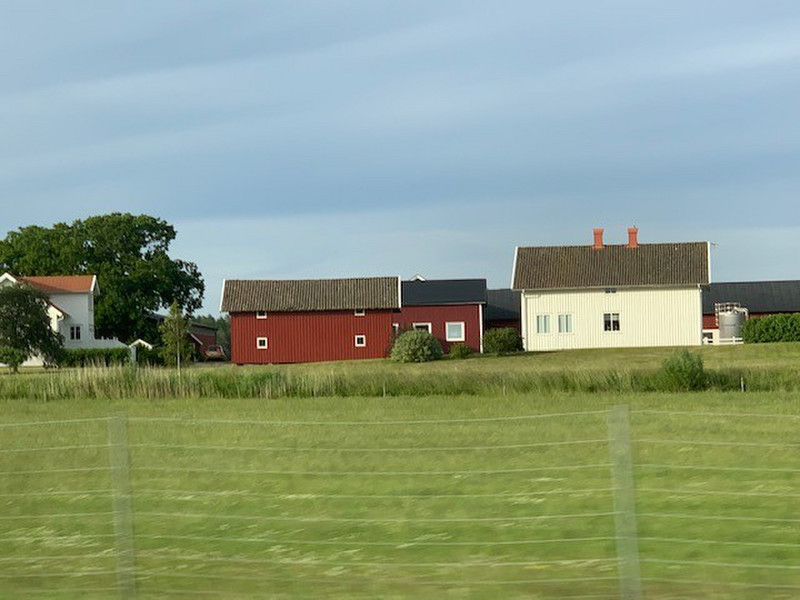A very early morning call saw us on our way to the airport for our flight to Arequipa. I really dislike these internal flights that seem to waste a lot of time dealing with airport procedures, occasional flights delays, etc., although I realize its the only option when visiting distant locations within a country.
We arrived in Arequipa late in the morning and were greeted on our exit from the airport with free beers being handed out by an Arequipa in celebration of the festivities currently going in the city for the anniversary of the city founding on August 15, 1540.
Then we had enough time to stop at the Mirador de Yanahuara to view the iconic backdrop to the city, the beautiful Misti volcano, before an idyllic lunch at Tio Dario, some yards down one of the side streets. Our dining area was in a shady, pavilion in the courtyard, surrounded by Bougambilia draped terraces and passages. Here we got to taste the popular Chicha Morada drink, a sweet, syrupy juice drink which would have been better with ice, if we had dared to brave the possibly tap water. Here also I had the specialty
dessert of the city for the first time, frozen cheese. They were signs on store fronts as well as on the menu so it was a must have. Much to my surprise when it came, I was served ... ice cream! However, the specialty must have been the consistency of the ice cream. It was the creamiest and most delicious ice cream Ive ever had.
Arequipa is located 7,638 ft. above sea level, so it was our first step in the acclimatization to the high altitude we would be exposed to in the next few days. The city is called La Ciudad Blanca (the White City) because of the white color of the volcanic sillar blocks that were used for constructing most of the public buildings.
In Arequipa we first got to experience the effects of the micro climate that Peru enjoys. Even though it was a higher altitude and it was winter in the southern hemisphere, the weather was dry, and felt warmer than the actual temperature indicated, with radiant blue skies.
After lunch, our next stop was at what ended up being one of the highlights of the trip to Peru, a colonial architectural masterpiece,
Like a city within a city, the monastery is home to many rooms, beautiful plazas, ornate fountains and winding cobblestone streets.
This monastery was built in 1579 and was funded by a rich widow, Maria de Guzman. At the time, it was tradition that the second son or daughter of the family would enter into a life of service to the church and only women from families were accepted. When these women were accepted, they had to pay a dowry in order to enter service, therefore most nuns were extremely wealthy at the time.
There was the Novice Cloister where Nuns served as novices for 4 years. At the end of the 4 years, the novice could choose between entering into a full life of service or to leave the convent. I doubt many did, considering their families likely put them there themselves.
The Orange Cloister was where nuns went after they graduated from novice. This cloister earned its name from the cluster of orange trees at its center. As you leave the orange cloister, down Crdova street, cells that served as living quarters for the nuns can be found.
The cells were small houses with separate sleeping, eating, sitting, and cooking areas. Its believed that many of the nuns brought with them expensive rugs, china, and other luxury items, along with servants and slaves.
Hot and tired, we had a break to freshen up at our hotel before the next round of visits. Our hotel was located in the Plaza de Armas within the citys historic center, another UNESCO World Heritage site. It was the first hotel that also had a coca tea station in the lobby, to any effects of altitude sickness.
The Plaza is dominated by the enormous Basilica Cathedral. It was also the central location for the celebrations taking place.









